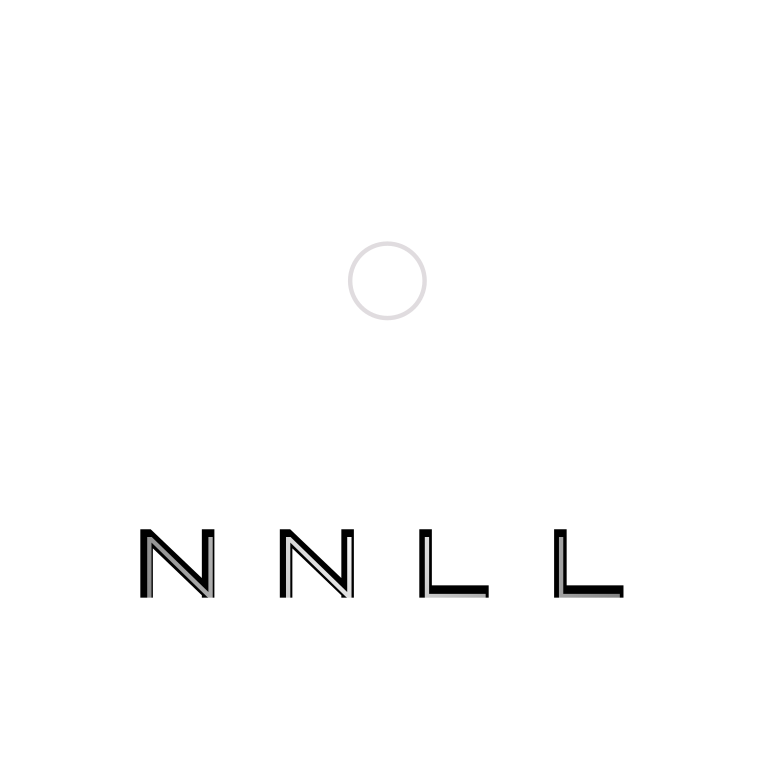| language | library_name | license_name | |
|---|---|---|---|
|
nnll |
MPL-2.0 + Commons Clause 1.0 |
nnll (or null)is a toolkit for researchers and developers working with AI models like Diffusion and Large Language Models (LLMs). It provides modular, reusable, and efficient components as a foundation to simplify the process of building and managing these complex systems.
- Generative AI pipeline preparation & execution
- Writing metadata from images
- Consumer-grade GPU/CPU inference optimization
- Misc UX/UI Experimentation
- 🧨Diffusers, 🤗Transformers

Install uv, then run these terminal commands
-
git clone https://github.com/darkshapes/nnll cd nnll uv sync --group dev
Enter a terminal and activate the python environment in
-
Linux/Macos:
source .venv/bin/activateWindows Powershell:
Set-ExecutionPolicy Bypass -Scope Process -Force; .venv\Scripts\Activate.ps1
nnll stores dependency versions in branches. In order to prevent failures, the repository should NEVER be rebased.
Important
ReadModelTag
`---------------------------------Universal model tag reader
ExtensionType
`---------------------------------Model extension constants
JSONCache
`------------------------------------Json read operations
usage: nnll-autocard black-forest-labs/FLUX.1-Krea-dev -u exdysa -f FLUX.1-Krea-dev-MLX -l mlx -q 8
Create a new HuggingFace RepoCard.
Retrieve HuggingFace repository data, fill out missing metadata,create a model card.
Optionally download and quantize repo to a desired folder that will be ready for upload.
Online function.
positional arguments:
repo Relative path to HF repository
options:
-h, --help show this help message and exit
-l, --library {gguf,schnell,dev,mlx}
Output model type [gguf,mlx,dev,schnell] (optional, default: 'mlx') NOTE: dev/schnell use MFLUX.
-q, --quantization {8,6,4,3,2}
Set quantization level (optional, default: None)
-d, --dry_run Perform a dry run, reading and generating a repo card without converting the model (optional, default: False)
-u, --user USER User for generated repo card (optional)
-f, --folder FOLDER Folder path for downloading (optional, default: /Users/unauthorized/Downloads)
-p, --prompt PROMPT A prompt for the code example (optional, default: 'Test Prompt')
**Valid pipeline tags**:
text-classification, token-classification, table-question-answering, question-answering, zero-shot-classification, translation, summarization, feature-extraction, text-generation, text2text-generation, fill-mask, sentence-similarity, text-to-speech, text-to-audio, automatic-speech-recognition, audio-to-audio, audio-classification, audio-text-to-text, voice-activity-detection, depth-estimation, image-classification, object-detection, image-segmentation, text-to-image, image-to-text, image-to-image, image-to-video, unconditional-image-generation, video-classification, reinforcement-learning, robotics, tabular-classification, tabular-regression, tabular-to-text, table-to-text, multiple-choice, text-ranking, text-retrieval, time-series-forecasting, text-to-video, image-text-to-text, visual-question-answering, document-question-answering, zero-shot-image-classification, graph-ml, mask-generation, zero-shot-object-detection, text-to-3d, image-to-3d, image-feature-extraction, video-text-to-text, keypoint-detection, visual-document-retrieval, any-to-any, other
A link to example output of the nnll-autocard command
Immediate diagnostic system status information
usage: nnll-info
Discussion topics, issue requests, reviews, and code updates are encouraged. Build with us! Talk to us in our Discord!




